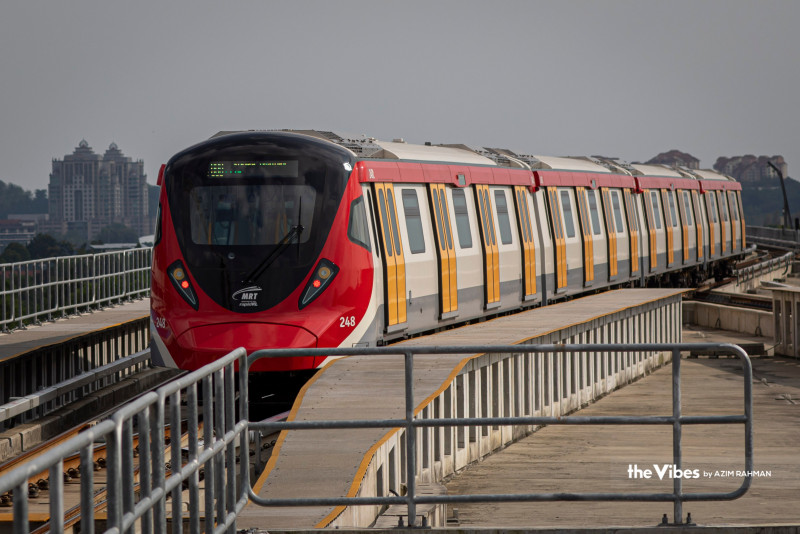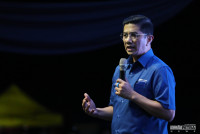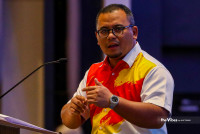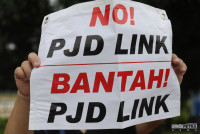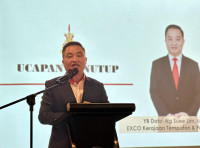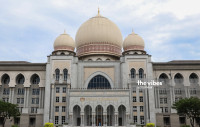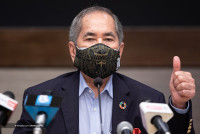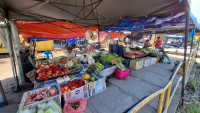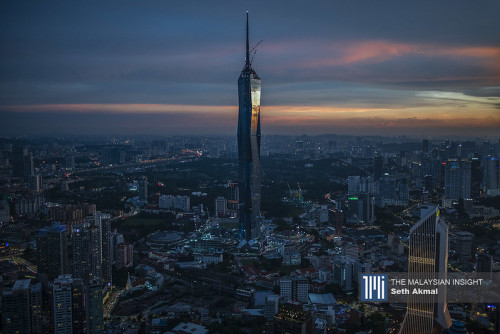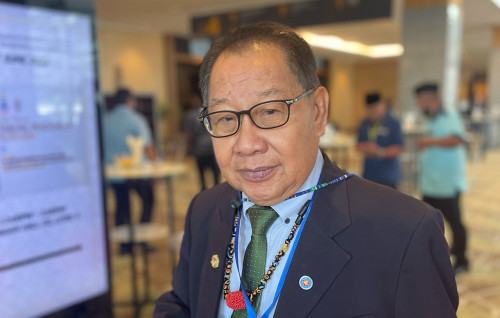DEAR YB Amirudin,
We have endorsed the unity government in the recent PRN. YB, the state MTES, and ADUNs play a pivotal role in shaping the future of the Klang Valley. This report urgently advocates for prioritising public transport in the Klang Valley from 2023 to 2025 (three-year plan).
The region is facing insurmountable challenges related to traffic congestion, environmental sustainability, and quality of life. A superb report was recently written by well-known traffic consultant Rosli Khan where ART hydrogen trams in Kuching will be deployed in 2025. This is exactly the type of enhanced and integrated public transport system we need for the future of the Klang Valley.
Dear YB,
1. The Klang Valley challenge
We all know that the Klang Valley is the economic heart of Malaysia, a region teeming with opportunities. Along with it, a horrible and crippling traffic congestion, deteriorating air quality, and increased commuting times. If we talk about SDGs (sustainability factors), we must secure a sustainable and progressive, development-centric future. The Klang Valley must prioritise public transport in the years 2023-2025.
2. Root cause: Inadequate public transport
It is thankful to hear YB Anthony Loke’s report on the Putra LRT line (Kelana Jaya) where waiting time is reduced.
But this is a short-term remedy. The fundamental root cause has not been addressed – i.e., this nation has been obsessed with ICE vehicle production forever. We need to find ways to quickly solve root causes where existing transport frameworks can be utilised more efficiently, and incrementally push it to the centre-stage for commuters to choose as their de facto travel mode.
3. Traffic congestion
Daily, we city dwellers suffer unbearable levels, leading to productivity losses, increased fuel consumption, and heightened frustration among commuters, leading to unsustainable planning, and detrimental to health.
a. Environmental sustainability,
- alarming air pollution levels primarily caused by vehicular emissions
b. Economic competitiveness,
- Who wants to do business when the ability to attract investments is closely tied to its transportation infrastructure? Unless we adopt an efficient public transport system (reducing total operational and ownership costs), having those high-rise buildings without tenants is defeatist.
c. Quality of life,
-Daily, we Klang Valley commuters endure long and stressful trips. Perhaps all our KL and Selangor ADUNs should one day organise a field trip to see “how efficient” the trips are – all via public transport. Don’t we want the city to be more livable, enjoyable place for its citizens?
YB,
4. Key recommendations
a. Investment in infrastructure,
Where the state (both KL and Selangor) allocate substantial resources to develop and expand public transportation infrastructure,
- to plan and quickly build new railways, bus routes, transit hubs, promoting non-motorized transportation options like cycling lanes and pedestrian walkways
An excellent report was written by journalist Shahrim Thamrin where Johor seems to have gotten it right. Isn’t this exactly what we need for the Klang Valley?
b. Coordination and governance,
- to establish a centralised authority responsible for coordinating all aspects of public transportation planning, implementation, and operations, with clear governance models able to streamline decision-making and reduce bureaucratic hurdles (get all the consultants to work on this)
c. Public awareness and education,
- immediately launch multiple, comprehensive public awareness campaigns (next two years), inform residents about the benefits of public transport, including environmental, economic, and personal advantages, and focus on benefits of reducing traffic congestion,
d. Technological advancements,
- to invest in state-of-the-art technologies for public transport, such as integrated ticketing systems, real-time information sharing, and traffic management solutions
e. Sustainable development,
- to study, integrate land use planning with public transport development to ensure transit hubs are strategically located and connected to residential and commercial areas, with proper sustainable development practices by promoting green spaces
Dear YB,
5. Conclusion
The time for action is now! You are our elected Selangor rep, suitable to drive the transformation of the Klang Valley. Prioritising public transport (2023 to 2025) is not just a choice; it is a necessity. We strongly urge your leadership to form a team, take decisive steps to create an efficient, integrated, and sustainable public transport model for all. – The Vibes, September 16, 2023
Michael Kum is secretary of Residents Association Sec20 PJ



